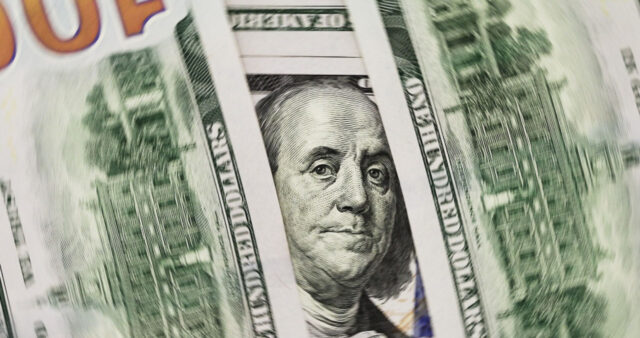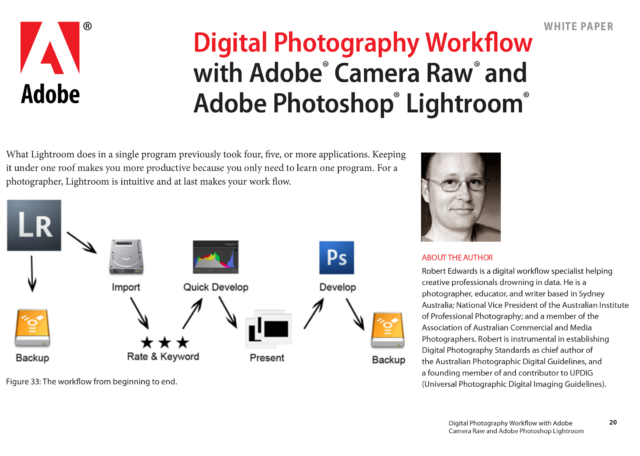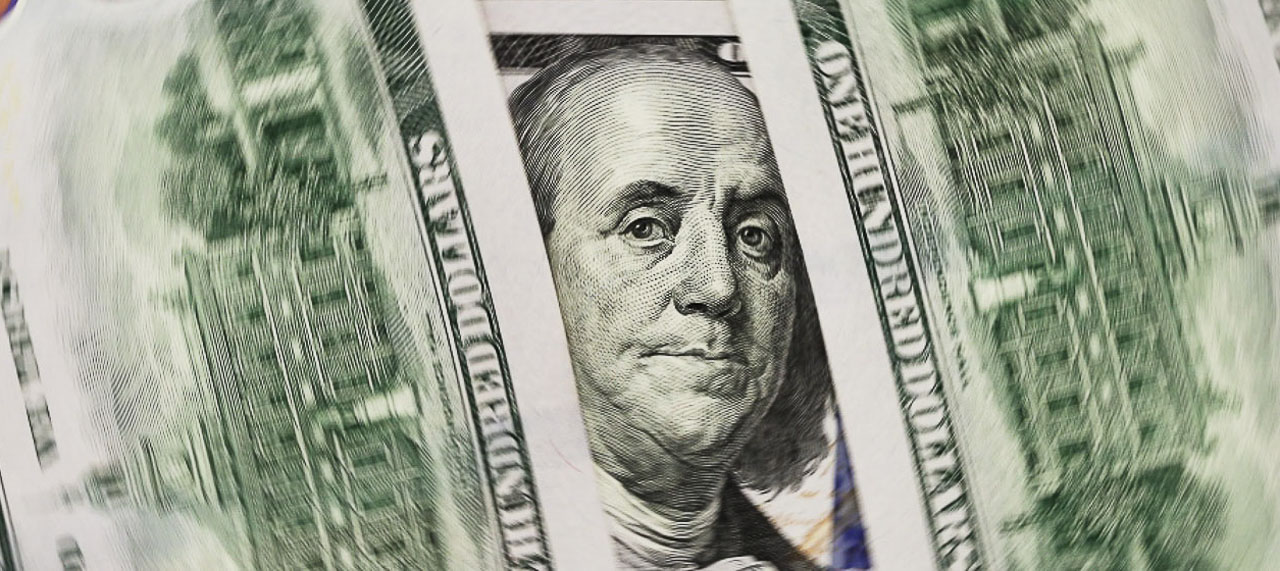A common question for professional photographers is, “What is your day rate?” Although photographers are often reluctant to discuss day rates, the reality is that clients pay for their time.
Day rates originated in editorial photography, particularly for magazines and newspapers. These rates were established by the media companies or their unions, covering a day’s photography plus out-of-pocket expenses. For media companies, this practice helped set budgets and manage expectations. For photographers, it often meant having a retainer with magazines, ensuring a minimum number of days booked each month.

Historically, editorial day rates have been low for both photographers and writers. Magazines typically paid a third less than commercial jobs, arguing that the byline provided “free” advertising. Freelance photographers retain copyright, while magazines had first usage rights and an exclusivity period, typically around three months.
Pay for time
According to Benjamin Franklin, “Time is money,” which is especially true for creative professionals. But how is time allocated in professional photography?

Time to Photograph
The visible part of a photographer’s job is the time spent behind the camera. However, like any profession, much of the work happens behind the scenes, often unnoticed by clients.

TCB
“Taking Care of Business” had a special meaning for Elvis Presley. For professional photographers, it involves a significant amount of administrative work: quotes, accounting, taxes, marketing, sales, insurance, permits, licenses, training, practice, and networking. These tasks consume considerable time and are essential for the business to generate revenue, covering the time spent on these activities and allowing for holidays, illness and retirement.
Pre-production
Planning a photography job, meeting with clients, conducting reconnaissance, applying for permits, and arranging assistants or specialised equipment all take time. These activities are crucial for ensuring a successful shoot.
Post-production
Many people recognise that a photographer’s job doesn’t end after the shutter clicks. However, they may not realise how much time post-production can take. Depending on the job and genre, post-production can take as much time as the shoot itself. For instance, a day of shooting often requires another day for downloading, processing, delivering, and archiving images. This effectively halves the day rate since it covers two days of work.

Experience = time
Clients also invest in a photographer’s experience. This encompasses the time spent building skills, reputation, and business to deliver consistent, high-quality results, even under pressure.
Based on 30 years of experience, leadership in a national photography association, the “average” commercial photographer has 50 full days booked per year. Divide their annual turnover by 50 gives their “day rate”, or more correctly, what they need to charge per day. Photographers (should) know this amount as it informs them what to charge, and whether or not they make a profit. Usage and creative fees are added to this, but they are topics for another day.
Understanding a photographer’s day rate requires appreciating the diverse activities and responsibilities that extend beyond the actual shoot. From admin duties, pre-production planning to post-production work and leveraging years of experience, these elements collectively add up in time. Recognising this holistic view of a photographer’s workload may help emerging photographers and clients appreciate the investment required to succeed in professional photography.
